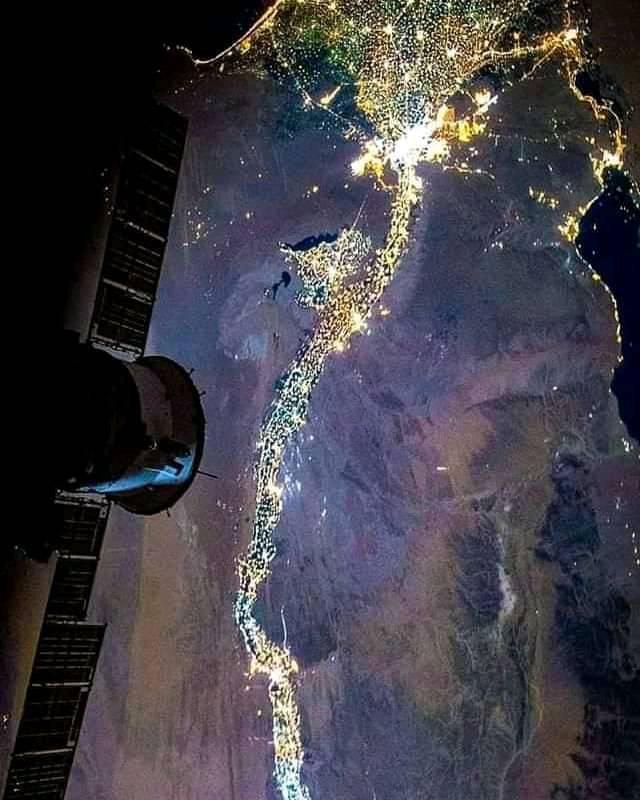
***
Two new articles — by, respectively, David R. Seely and Duane Boyce — went up today in Interpreter: A Journal of Latter-day Saint Faith and Scholarship:
Review of Hugh Nibley Observed, edited by Jeffrey M. Bradshaw, Shirley Ricks, and Stephen Whitlock (Orem, UT: Interpreter Foundation, 2021). 820 pages. $45.00 (hardback), $35.00 (paperback).
Abstract: Those who knew Brother Nibley best knew he was a remarkable man of both depth and breadth. This new volume plumbs both that depth and breadth in the recounting of personal stories and colorful history. This volume is a welcome addition to any library.
Duane Boyce, “Did Captain Moroni Lack the Typical Religious Virtues?”
Abstract: In his well-known volume about the Book of Mormon, Grant Hardy focuses primarily on the book’s main narrators. However, he also makes a number of observations about other figures in the book that are of particular interest, including some about Captain Moroni. In addition to those I address elsewhere, these observations include the claim that Moroni lacked the typical religious virtues — which Hardy identifies as “humility, self-sacrifice, kindness, and relying upon the Lord.” They also include the assertion that Helaman, in his manifest reliance upon God, serves as a counterexample to Moroni’s military leadership. A close look at the text, however, indicates that both these claims are mistaken.
***
And now, as is my recent wont, here are a few links to articles from a previous volume of Interpreter. They’re not gone, and they should not be forgotten:
Daniel C. Peterson, “The Life-giving “Water” of the Restoration”
Abstract: Where there is water, there is life, not only literally, as in the Nile River in Egypt and in the cities of Mesopotamia, but also symbolically, as we read in the words of the prophet Ezekiel, who in vision saw a magnificent spring of fresh water flowing east from the temple, healing even the waters of the Dead Sea (Ezekiel 47). A psalm also testifies to the divine beneficence of water (Psalm 1) and John, in Revelation, quotes the Lord as giving to those “athirst of the fountain of the water of life freely” (21:10‒14), a “crystal clear river” that flows from the center of the temple in the New Jerusalem. Also in the last days, “in the barren deserts there shall come forth pools of living water” (Doctrine and Covenants 133:29). We, the writers and volunteer staff of the Interpreter Foundation, invite readers to help spread and defend the life-giving water of the Restoration, for “the harvest is plenteous, but the labourers are few” (Matthew 9:37).
Mark J. Johnson, “Unexamined Assumptions, and the Study of the Book of Abraham”
Abstract: Research on the origins and nature of the Book of Abraham and the accompanying facsimiles has long been hampered by faulty methodology. And while the last few years have seen a significant reexamination of the assumptions that represent the underpinning of our understandings of the Book of Abraham, some unexamined assumptions persist. This study addresses seven aspects of the Book of Abraham, which include a discussion of the sources, the process, the results, the content, the witnesses, and the historical background. For each of these aspects, this study identifies lingering assumptions and shows how a proper methodology can validate or eliminate these assumptions from the scholarly discourse.
Ann Madsen, “The Healing and Exalting Powers of Christ Weave Together at Easter”
Abstract: In this personal essay, Ann Madsen reflects on the ways in which the healing power of Christ converges with His exalting power at Easter. Cold gives way to warmth, pride to submission, and reflection to sanctification. The weekly Sacrament provides a time for cleansing, renewal, and drawing our thoughts toward the Lord. The path leads to us becoming like Him.
Abstract: Critics of Joseph Smith assert that he invented or imagined the First Vision and then deliberately altered the details in his subsequent first-person accounts of the event (also reflected in accounts recorded or related by others) to mislead his followers. That the details of the narrative changed so dramatically between the first version (1832) and the last authorized version (1842) is considered prima facie evidence that Joseph was deliberately inventing and embellishing his narrative to make it more credible. The only thing, say critics, that could possibly explain such divergent, and in some cases, radically different versions of the same event is either incredible forgetfulness or deliberate falsification. This paper, based on close textual analysis and the findings of contemporary scientific research on memory acquisition and retention — particularly memories of dramatic and powerful events — offers an alternative explanation, one that preserves the credibility and integrity of the prophet.
Craig L. Foster, “Overcoming Obstacles: Becoming a Great Missionary”
Review of Matthew Jensen, Overcoming Obstacles: Becoming a Great Missionary. S.l.: CreateSpace Independent Publishing Platform, 2016. 44 pp. $5.50. Kindle edition, $1.50.
Abstract: Matthew Jensen’s book Overcoming Obstacles: Becoming a Great Missionary shows how missionaries can remove their “perfect missionary” mask and learn to truly care about their investigators and what is best for them. In the process, they will become great missionaries.
Abstract: In 2012 Joseph Spencer published an analysis of 1st and 2nd Nephi that interprets a phrase in 1 Nephi 19:5 as implying the true break in Nephi’s writings is not between the two scriptural books we now use but rather to be found at the end of 2 Nephi 5 and that the spiritual core (the “more sacred part”) of the small plates is in 2 Nephi chapters 6–30. In this essay I have mobilized several arguments from the canons of literary interpretation and basics of the Hebrew language to demonstrate that this starting point for Spencer’s interpretation of Nephi’s writings is seriously flawed.
[Editor’s Note: This paper repeatedly refers to three passages in which Nephi distinguishes his large and small plates projects. For convenience, the version of those passages from the Critical Text Project are fully provided in Appendix 1.]











